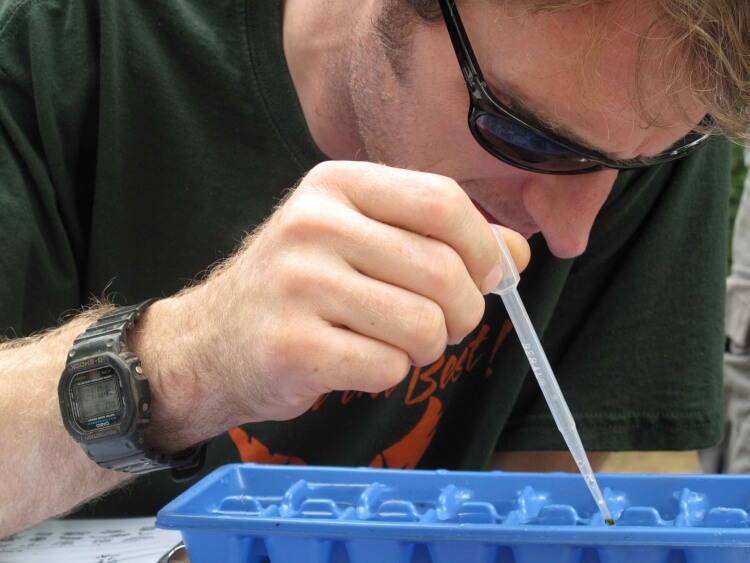2h
Human NT-ProCNP(N-Terminal Pro-C-Type Natriuretic Peptide) ELISA Kit
Human NT-ProCNP(N-Terminal Pro-C-Type Natriuretic Peptide) ELISA Kit
N-CNP
1000pg/mL
5.52pg/mL
12.35-1000pg/mL
Competitive Inhibition
ELISA Enzyme-linked immunosorbent assays Code 90320007 SNOMED
E05 478 566 350 170 or Enzyme-Linked Immunosorbent Assays,E05 478 566 350 170 or Enzyme-Linked Immunosorbent Assays,Human proteins, cDNA and human recombinants are used in human reactive ELISA kits and to produce anti-human mono and polyclonal antibodies. Modern humans (Homo sapiens, primarily ssp. Homo sapiens sapiens). Depending on the epitopes used human ELISA kits can be cross reactive to many other species. Mainly analyzed are human serum, plasma, urine, saliva, human cell culture supernatants and biological samples.
Peptides short amino acid chains or epitopes or blocking antagonists. The shortest peptides are dipeptides, consisting of 2 amino acids joined by a single peptide bond, followed by tripeptides, tetra peptides, ... till polypeptides that are long, continuous, and unbranched synthetic peptide chains. These biological oligomers and polymers can be Solid-phase peptide synthesis (SPPS), or in continue produced for custom peptide synthesis projects. The High-efficiency solid phase peptide synthesis (HE-SPPS) is give very low production costs.
This assay employs the competitive inhibition enzyme immunoassay technique. A monoclonal antibody specific to N-Terminal Pro-C-Type Natriuretic Peptide (NT-ProCNP) has been pre-coated onto a microplate. A competitive inhibition reaction is launched between biotin labeled N-Terminal Pro-C-Type Natriuretic Peptide (NT-ProCNP) and unlabeled N-Terminal Pro-C-Type Natriuretic Peptide (NT-ProCNP) (Standards or samples) with the pre-coated antibody specific to N-Terminal Pro-C-Type Natriuretic Peptide (NT-ProCNP). After incubation the unbound conjugate is washed off. Next, avidin conjugated to Horseradish Peroxidase (HRP) is added to each microplate well and incubated. The amount of bound HRP conjugate is reverse proportional to the concentration of N-Terminal Pro-C-Type Natriuretic Peptide (NT-ProCNP) in the sample. After addition of the substrate solution, the intensity of color developed is reverse proportional to the concentration of N-Terminal Pro-C-Type Natriuretic Peptide (NT-ProCNP) in the sample.
